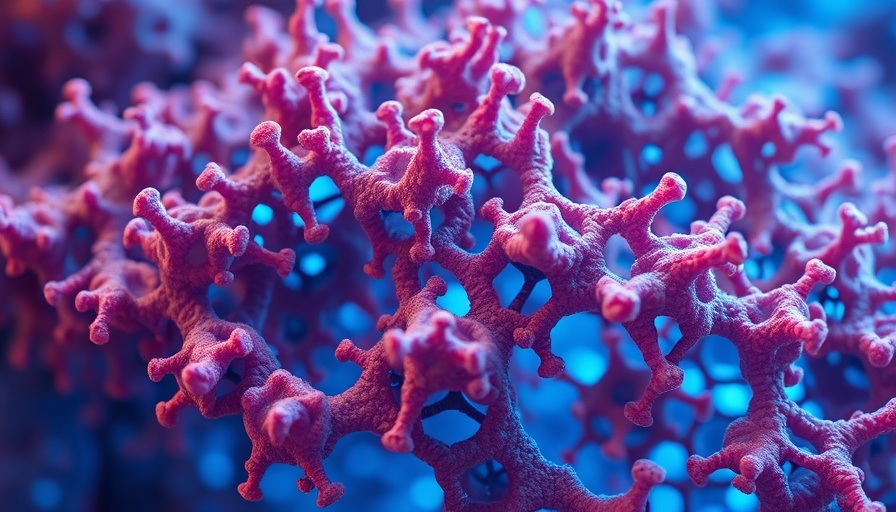
Tackling the Rising Threat of Candida auris: Effective Strategies to Combat Biofilm Contamination
In recent years, Candida auris (C. auris) has emerged as a formidable fungal pathogen posing significant risks to healthcare systems worldwide. Recognized for its multidrug resistance and ability to form resilient biofilms on various surfaces, C. auris has become a leading cause of healthcare-associated infections, alarming health officials and clinicians alike. Understanding the environmental factors influencing its transmission is critical for developing effective eradication strategies.
Understanding C. auris: A Persistent Fungal Threat
Since its discovery in 2009, C. auris has rapidly spread across the globe, prompting public health emergencies, particularly in healthcare facilities. The organism can survive on surfaces for weeks or even months, often evading conventional cleaning and disinfection protocols. A staggering mortality rate of up to 60% among infected patients reinforces the urgency of addressing this pathogen's spread.
Environmental Contamination: The Role of Biofilms
A substantial amount of recent research highlights the role of biofilms in C. auris' persistence. These biofilms provide a protective barrier that not only shelters the fungus from harsh conditions and disinfectants but also facilitates its transmission between patients and surfaces. Studies have shown that C. auris can rapidly contaminate the environment following disinfection, complicating cleansing efforts. Environmental services must prioritize the cleaning processes in sensitive zones within healthcare facilities to combat this issue effectively.
Implementing Effective Disinfection Strategies
To successfully manage C. auris outbreaks, healthcare facilities must adopt a multifaceted approach that includes:
- Utilizing EPA-Approved Disinfectants: Products validated to target biofilms and specifically designed to kill Candida species should be consistently used. Understanding the specific disinfectant requirements for various surfaces is crucial.
- Regular Environmental Monitoring: Frequent testing to identify C. auris presence in hospital environments permits timely responses to contamination, as highlighted by the CDC.
- Practicing Enhanced Cleaning Protocols: Frequent cleaning regimes involving trained personnel specializsed in infection control protocols can significantly reduce transmission risks.
Additionally, education on the correct use of disinfection products tailored to biofilm eradication can enhance the efficacy of cleaning protocols. Facility managers should ensure that staff adhere to outlined procedures to maximize infection prevention efforts.
This Issue’s Focus: A Call for Continued Research
As new data emerges, healthcare providers must remain vigilant and informed about the evolving landscape of C. auris epidemiology. Continuous adaptation of strategies for identification, disinfection, and effective containment will be vital as the pathogen continues to evolve. Future research should also explore the effectiveness of various natural compounds and optimistic novel antifungal agents.
Conclusion: Confronting the Challenge
C. auris represents not only a public health challenge but also an opportunity for healthcare facilities to bolster their infection prevention and control measures. By implementing stringent disinfection practices, enhancing training for medical personnel, and investing in novel disinfection technologies, we can endeavor to regain control over this insidious pathogen. Through ongoing collaboration, data sharing, and comprehensive public health responses, we can combat C. auris effectively.
It's vital for healthcare professionals to actively engage with evolving treatment guidelines and infection control practices, thus contributing to a unified goal of minimizing fungal infections in this new era of multidrug resistance.
 Add Row
Add Row  Add
Add 




 Add Row
Add Row  Add
Add 

Write A Comment